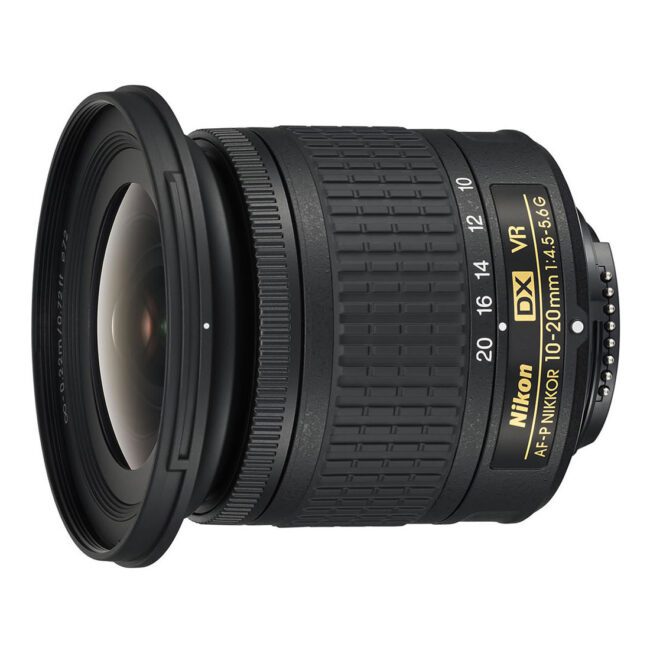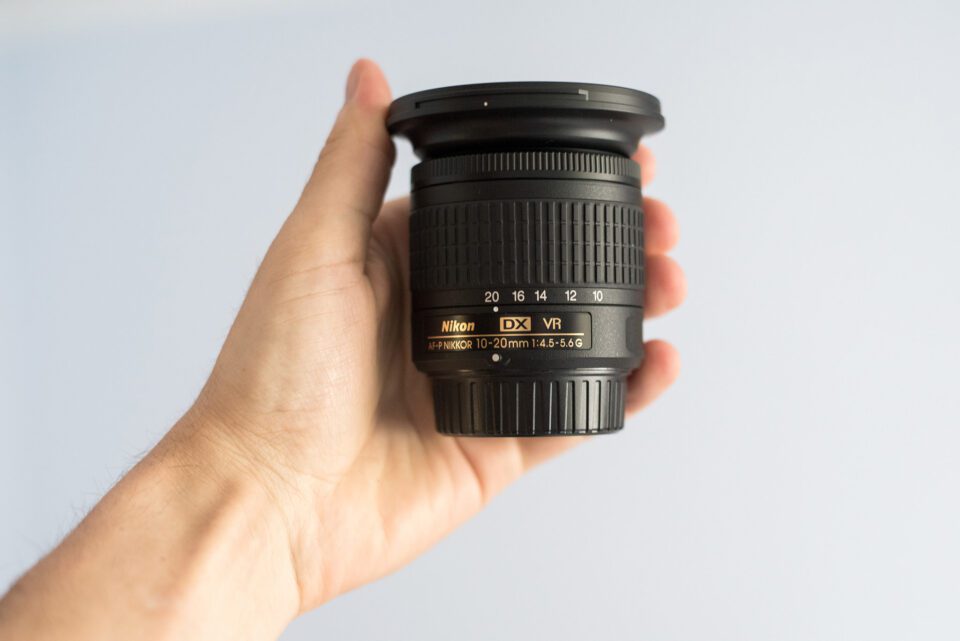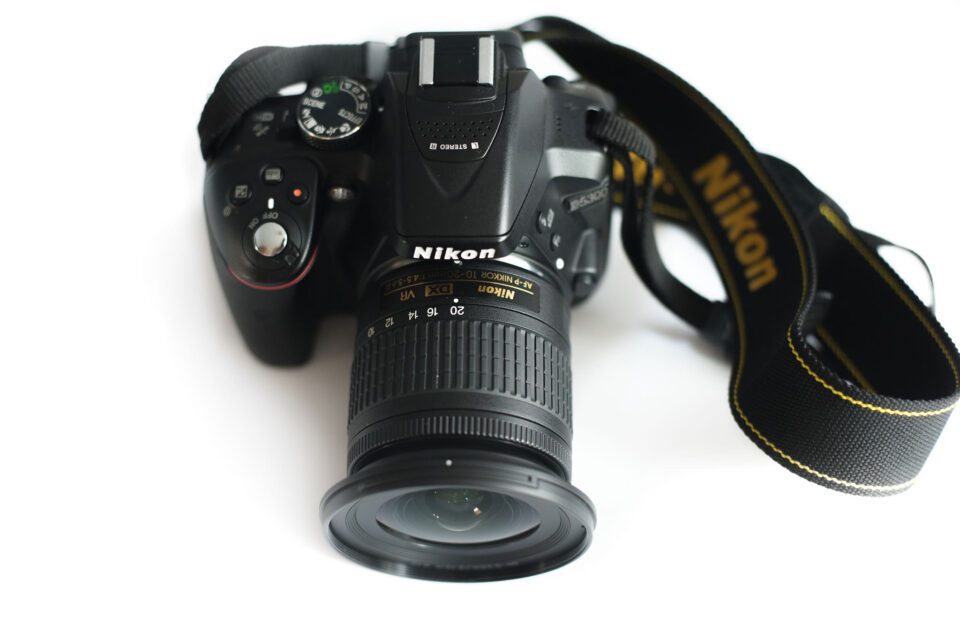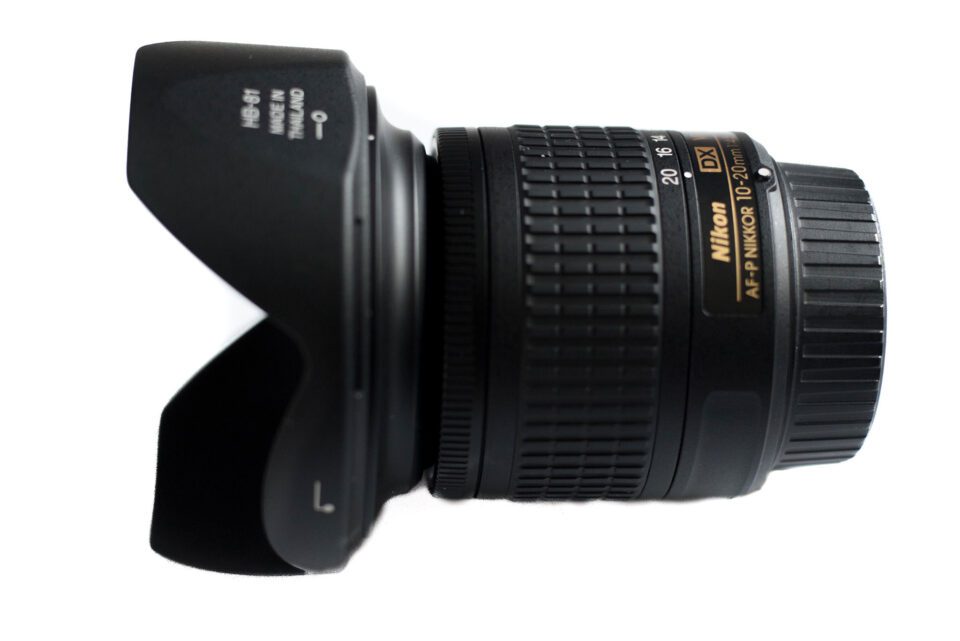Nikon Af-p Dx Nikkor 10-20mm F/45-56g Vr Review
In this in-depth field review, we are going to have a look at the new Nikon wide-angle DX lens Nikkor 10-20mm f/4.5 – f/5.6 AF-P ED VR, which was launched in June 2017. This lens was appear among two other professional wide-bending lenses (FX Nikkor Fisheye 8-15mm and FX Prime Nikkor 28mm f/1.4). While those bigger brothers raised a lot of expectations for total-frame shooters, the plastic entry-level 10-20mm DX lens hardly acquired any excitement. In this review, I will show that this lens deserves the attention of both amateur and semi-professional person photographers.

10-20mm is one of the three existing DX lenses featuring the new AF-P abbreviation, along with the Nikkor 18-55mm and the recently reviewed Nikkor 700-300mm telephoto zoom lens. In summer 2017, Nikon also launched the first FX AF-P lxx-300mm telephoto zoom lens. AF-P stands for a new piece of technology – a pulsing/stepping focusing motor. The new lenses featuring AF-P abridgement apace gained good reputation among reviewers and photographers for their fast focusing ability, depression weight and yet very good optical functioning. Does this formula hold likewise for the new broad-bending lens?

Compatibility
Important observe: the AF-P line is just compatible with the latest Nikon DSLR bodies. It means the number of cameras usable with the lens is express.
This is how Nikon U.s.a. specifies this past group cameras in three subsets:
- Fully compatible models. Even for uniform cameras, firmware update may be required*. Fully compatible models are: D7500, D5600, D5500, D5300*, D3400, D3300*, D500 and later models
- Compatible models with limited functions: D5, D810 series, Df, D750, D7200, D7100, D5200, Nikon one serial with the FT1
- Incompatible models: D4 serial, D3 series, D2 series, D1 series, D800 series, D700, D610, D600, D300 serial, D200, D100, D7000, D5100, D5000, D90, D80, D70 series, D3200, D3100, D3000, D60, D50, D40 serial, movie cameras
I have tested this lens on Nikon DSLR bodies D5300, D7100 and D750 – all worked great, except that with D7100 and D750 I was not able to switch-off the VR function (see more below).
I have likewise tested this lens on my older Nikon DSLR D7000 (featured by Nikon every bit an incompatible model) and it indeed does not work. Since the focusing is fully electronic, you cannot even apply the manual focusing. The film in the viewfinder stays blurred all the fourth dimension, no matter how you turn the focus ring. Stay abroad from this lens once you lot have an old trunk and plan to stick with it.
Lens Handling and Features
The new Nikon Nikkor 10-20mm is super small and super light. It weighs as petty equally 230 grams! You lot must get this lens into your own hand to believe it. Seeing it for the start fourth dimension, I thought this must be rather some CX lens (Nikon 1 mirrorless arrangement) – but no, this is indeed a DX lens (which also works shockingly well on a FX body).

Nikon managed to reduce significantly the size in all new AF-P lenses, partly past skipping the AF-A/Chiliad, AF-M and VR on/VR off switches. Compared to its main predecessor – the Nikkor 10-24mm AF-S (non-VR lens) – this new piffling lens features a more limited range of x-20mm (2x zoom ratio compared to previous 2,4x ratio). In terms of 35mm format equivalent, this corresponds to 15-30mm. I constitute the previous 2,4x range more practical. But even if 4mm difference on wide angle lenses is noticeable, I can live with such compromise if the benefit is a much reduced weight and size. And that is exactly where this lens shines. Every bit for the missing 4 mm: with ever increasing density of pixels on DSLR cameras, light cropping can make up for shorter zoomed-in focal range.

The front end 72mm filter thread is by far the largest part of the lens. Information technology moves when zooming by most 10mm. Similarly to the older 10-24mm version, the lens butt is shortest at most 15mm. When zooming to both ends, it grows in length. The lens is nigh 73mm long. The rest of the lens body is only about 58mm broad, roughly the aforementioned size every bit the button-retractable kit xviii-55mm AF-P lens.
Just behind the extended front element, in that location is a thin manual focusing ring, usable both in the autofocus (AF) and manual focus (MF) mode. For switching those modes, you must utilise DSLR internal carte, there is no mechanical push/switch.
This lens allows you lot to override autofocus by simply rotating the focus ring – any time. I find this very handy and practical. The zoom band is wide enough and easy to operate with 10, 12, 14, sixteen and 20mm marks signed. Given the express 2x zoom ration, there is not much of a movement needed to zoom from 10mm to 20mm. The lens unsurprisingly features only a plastic barrel. To me, this is no issue at all. Given how small and light the lens is, a metallic barrel would exist an overkill.

In that location are 14 elements in xi groups, including 3 Aspherical elements. How Nikon managed to put all the drinking glass elements including VR reduction into such a tiny body is a puzzle to me. The diaphragm comprises of 7 rounded blades. Come across what it entails in the chapter on "flare and the front-light handling". This lens comes with HB-81 Bayonet Lens Hood (included in the price).
Since it is a variable aperture lens, the focal length on it changes as yous zoom in from f/four.5 to f/5.half dozen on the long end:
- 10 mm – f/4.v
- 11 mm – f/iv.8
- 13 mm – f/5
- 15mm – f/5.three
- 18,5mm – f/v,half dozen
Compared to the previous DX wide-zoom ten-24mm AF-S 1000, and the even older DX 12-24mm AF-S G, this new version offers a slower discontinuity at broad end (f/4.5 instead of f/three.5). For landscape photography utilise, this makes barely a departure. The merely noticeable departure of 0,seven EV might be in indoor-action photography or astrophotography, but here neither of the DX Nikon lenses will do a great chore.
This is past no means a weather condition-sealed lens – you should avoid shooting in heavy rain and in dusty conditions. On the other hand, I was shooting for 2 weeks in Canary Island where a spell of windy atmospheric condition brought a lot of sand from Sahara and I do not find that any dust/sand would get into the lens.
The Nikon 10-20mm AF-P is a lightweight and hence ultra-portable broad-angle-zoom lens. It balances nicely with entry-level ingather sensor DSLRs (DX format) such equally D3400 or D5600, as well as with the more weighty semi-professional bodies, such as D7500 or D500.
Focus Acquisition Speed and Accurateness
Nikon'south "P" serial of NIKKOR lenses use stepping motors to "focus smoother and quieter than previous bulldoze systems. This quiet bulldoze system makes the lenses platonic for utilize when shooting video." (quotation from Nikon Press-release).
Indeed, the real-life shooting experience shows that this lens focuses silently, accurately and reliably. In my recent review, I have already praised the DX 70-300 telezoom for the fast and silent focusing capabilities of the new AF-P stepping motor. The wide-angle brother is merely tiny bit slower, simply dissimilar in tele range in wide angle focal range speed is not so crucial. This lens focuses roughly 30% faster than the older x-24mm lens. Focusing in low-low-cal with D5300 was no problem either.
Manual override is a expert feature to have in instance you are shooting in difficult conditions and the lens is hunting. You can so help the lens to "notice" the right range and get in snap the focus. But this nothing new, manual override has been featured in most of the contempo Nikkkor lenses – except for the cheapest i. The Nikon 10-20mm AF-P allows a maximum magnification of 0.17x at the closest focusing distance of 0.22m, or 0.8 feet.
Even though one should simply praise Nikon for designing a faster and more than silently focusing lens, I realized, withal, that in combination with the missing on-the-lens switch, I experienced some frustrating moments. When shooting with the entry-level D5300 body, I often had to opt for manual focus (in camera body setting) while making some panoramas. Starting time of all, doing this in-photographic camera carte du jour takes longer (do non underestimate how crucial this might be in some moments). What's more than, I repeatedly forgot to re-fix the original setting (getting dorsum to normal autofocus) and hence I ended upwardly with a scattering of out-of-focus shots.
My fault obviously, but I just desire to highlight that it is easier to forget about this with AF-P lenses. Faster and noise-less focusing has also its drawbacks. One tin can easily lose the previous habit of controlling focus acquisition by short merely yet visible and aural refocusing process. The AF-P lenses are different in this attribute and y'all do not really notice when it actually acquired the right focus the way it did with the older lenses. Then simply pay attention to other indicators (such as allowed camera beep, or round control in the viewfinder). Anyway, if I could, I wish I had the version with both AF-Due south / AF-M switch.
Source: https://photographylife.com/reviews/nikon-10-20mm-dx-vr-af-p
Enregistrer un commentaire for "Nikon Af-p Dx Nikkor 10-20mm F/45-56g Vr Review"